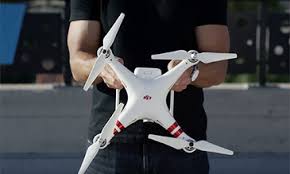Image: DJI Phantom 3 from DJI.com
Blog Editor’s Note: These kinds of papers are published periodically. This one from October of last year is one of the most recent. We thought it would be a good follow-on to the item we posted several days ago about drones falling from the sky in China.

Implementation of GPS Attacks on DJI Phantom 3 Standard Drone as a Security Vulnerability Test
Abstract:
An attack on a drone is a technique used to stop or obstruct the drone’s working system. These attacks can also be used to determine security vulnerabilities to drones. The DJI Phantom 3 Standard is a wifi-based quadcopter. In this study, navigation attacks in the form of GPS jamming and GPS spoofing were carried out on the DJI Phantom 3 Standard drone. The goal of this GPS attack in this study is to determine and analyze the extent of vulnerability in the DJI Phantom 3 Standard commercial drone GPS. The GPS jamming attack uses jamming signals with the GNU Radio Companion (GRC) app. For GPS spoofing attacks using GPS-SDR-SIM tools to create fake GPS signals for drones. The GPS attack in this study uses the BladeRF X40 Software Defined Radio (SDR) device as the main device. The results of this study indicate that GPS jamming and GPS spoofing attacks can disrupt the GPS signal and even make the drone lose control.


